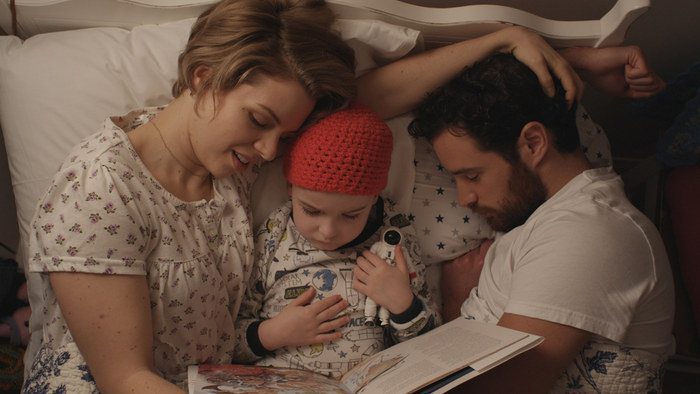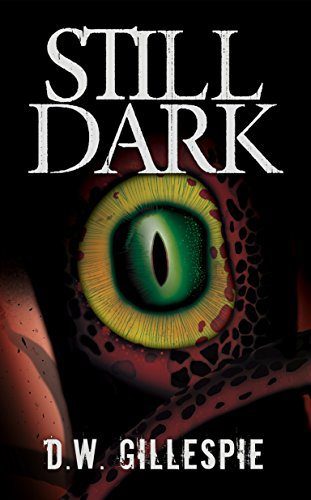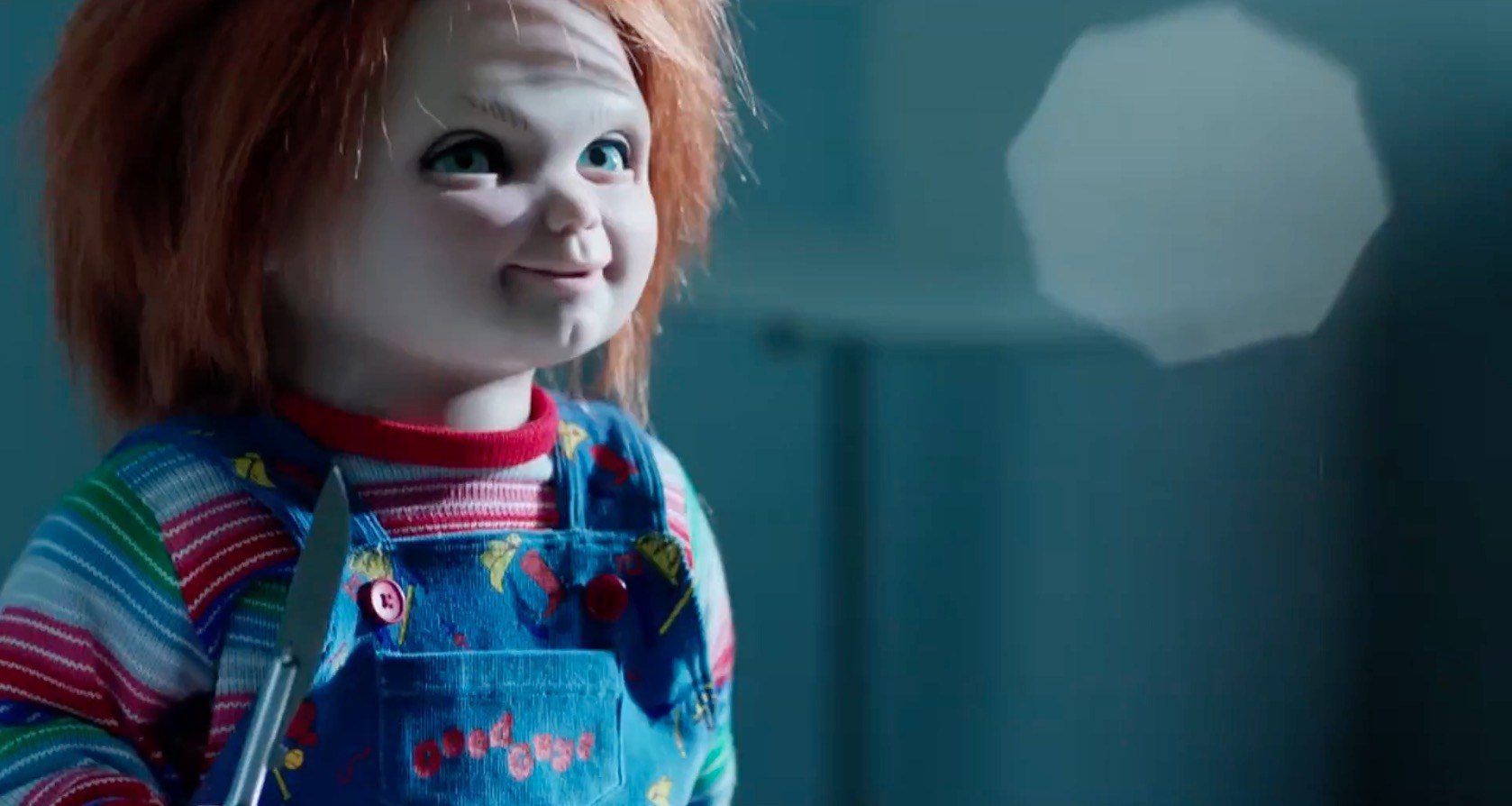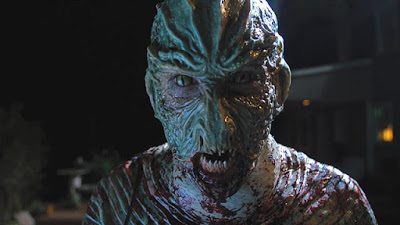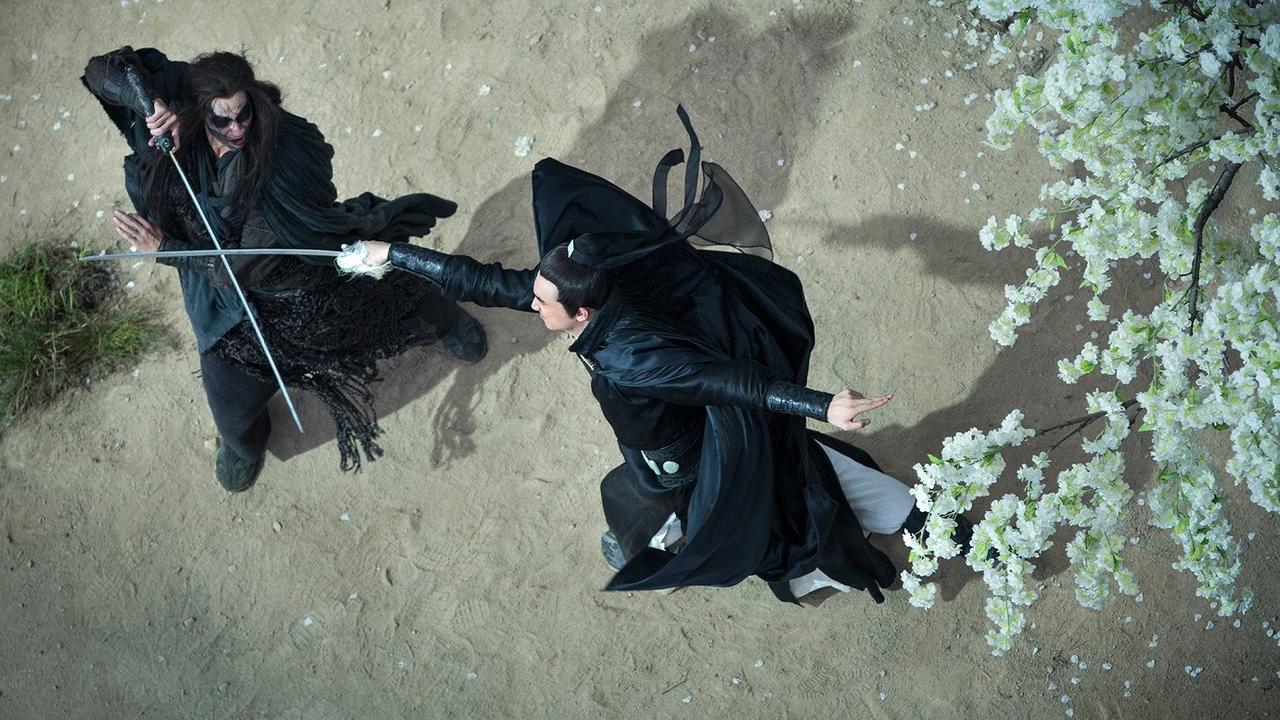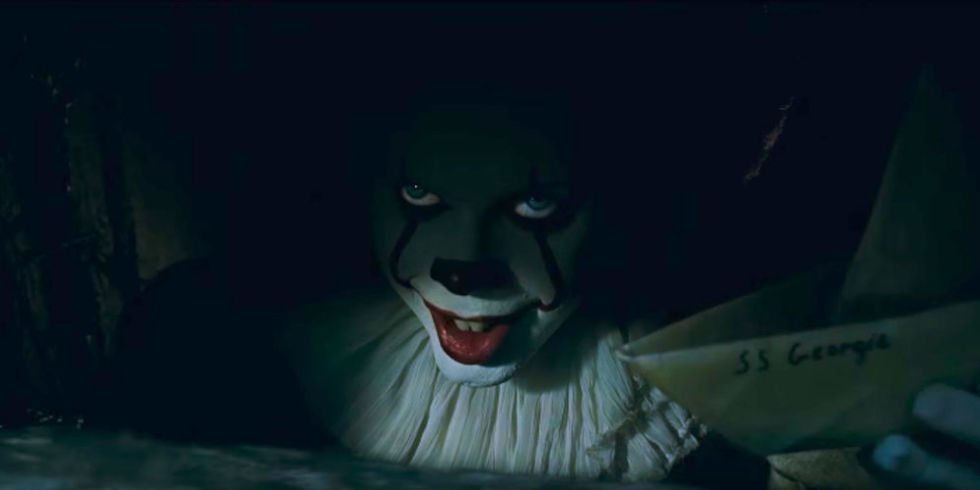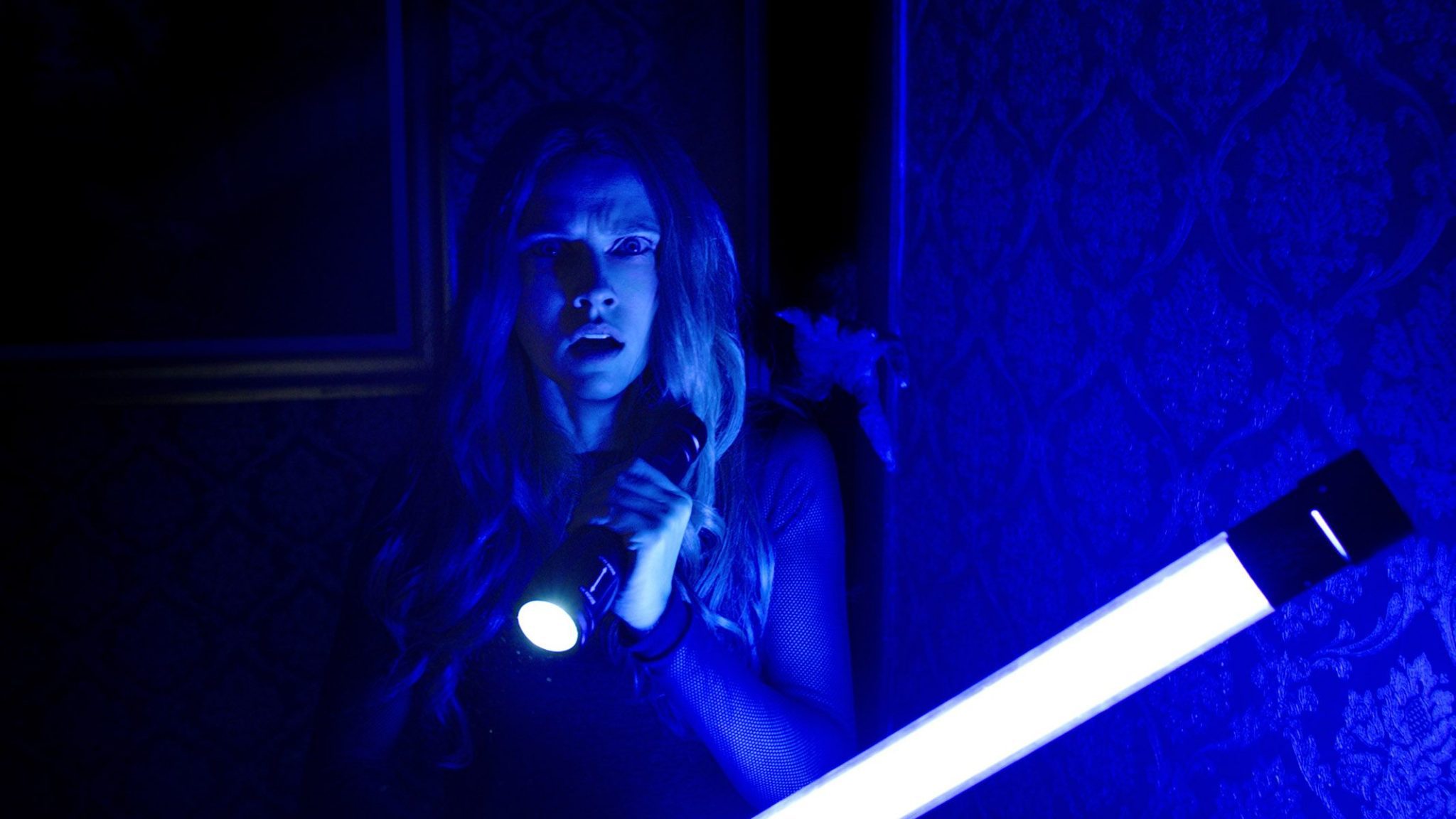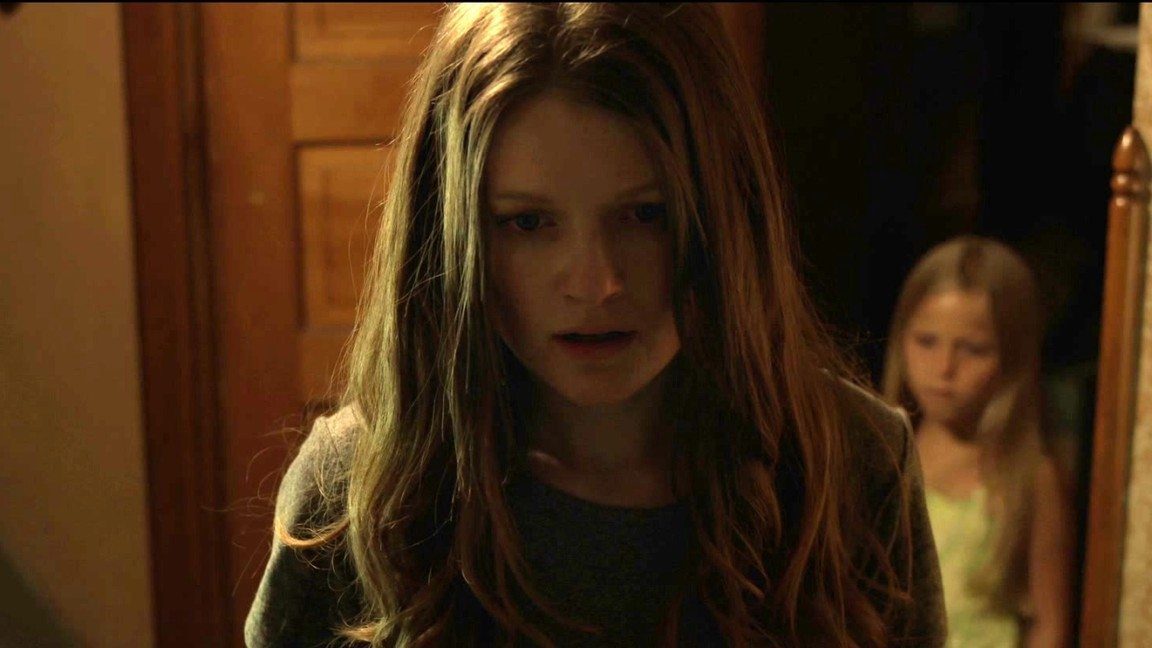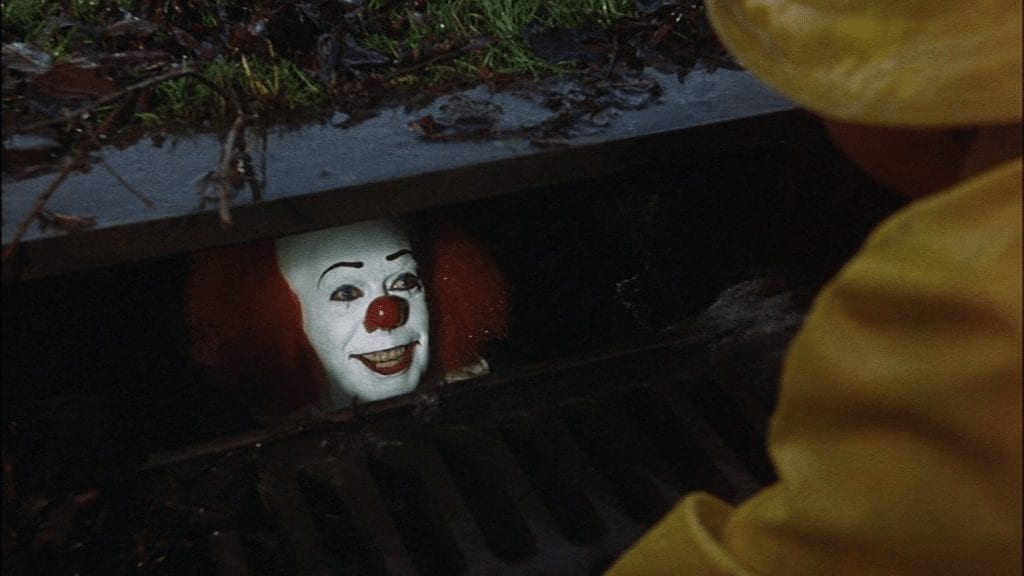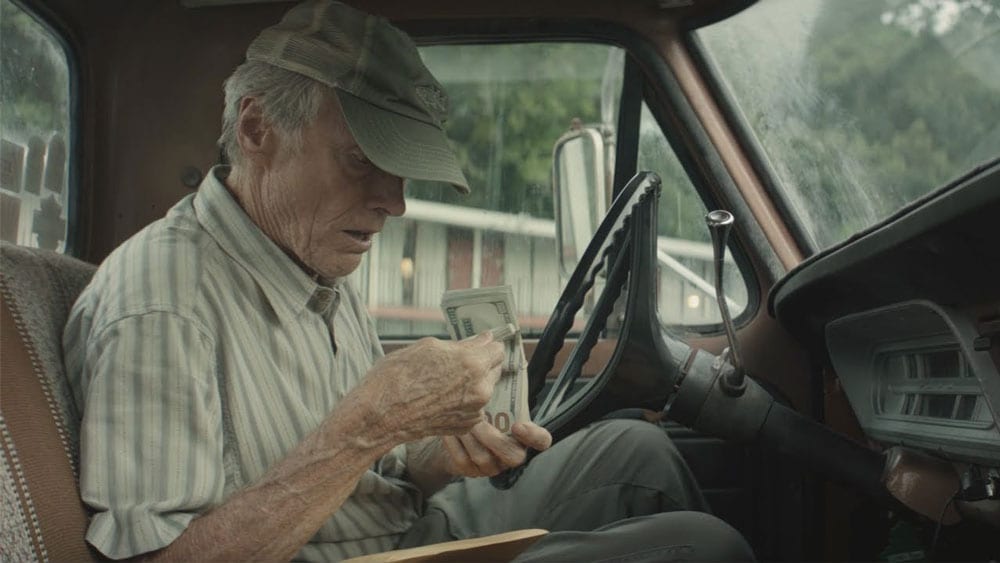
The Mule: It’s Never Too Late
The sad reality is that every new Clint Eastwood film could be his last. After more than six decades on the Silver Screen, Eastwood?now eighty-eight?is fighting the one opponent he can?t beat?Father Time. There?s an obvious hitch in his step, a veritable roadmap of years and miles on his face. The gritty growl of Josie…

